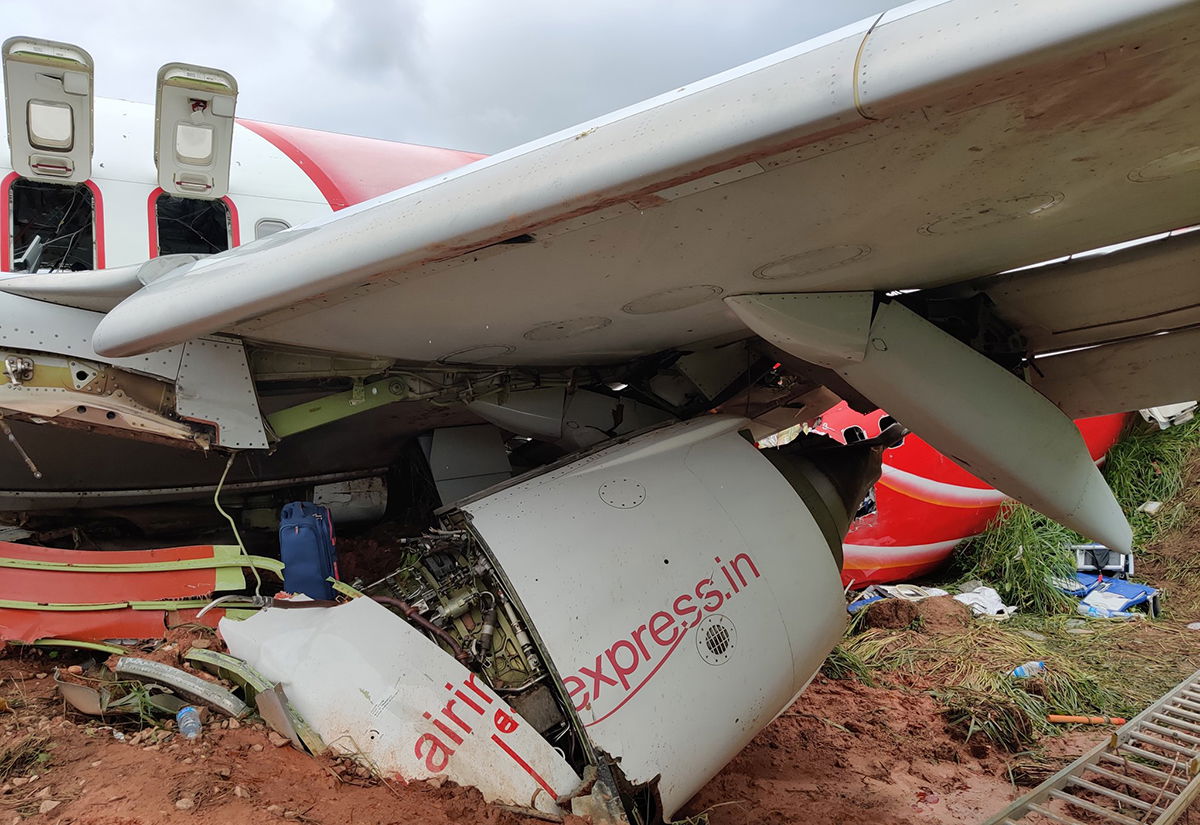A preliminary investigation into the tragic crash of the Air India Flight AI171 reveals a surprising cause. Both engines of the Boeing 787 lost a moment of power after takeoff due to the in-flight activation of the fuel cutoff switch. This unexpected shutdown caused catastrophic thrust to be lost, and the aircraft collided less than 30 minutes into the air.
Official report shows that just three seconds after lift-off, the fuel control switches on both engines were moved from the “run” position to the “cutoff” almost simultaneously. This sudden action quickly cut off the fuel supply, and both engines failed. Despite the pilot’s efforts to restart one engine, the power generated was insufficient to maintain controlled flight, and the aircraft crashed 29 seconds after takeoff. Audio recordings in the cockpit captured a tense exchange between pilots. “Why did you cut off?” And the other replies, “I didn’t do that.” This confuses investigators because the switch is designed to be safe and resistant to accidental activation. This raised serious questions about whether the switch was intentionally switched or carelessly switched.
No technical or design defects were found on the aircraft or its systems. This focuses on research into human factors and cockpit procedures. The fact that both fuel cutoff switches move roughly at the same time suggests either cooperative action or severe errors under high pressure. The crash sent shockwaves through the aviation community, prompting deeper investigations of pilot training, cockpit ergonomics and safety protocols, preventing such incidents. Experts emphasize the importance of understanding how human error and misunderstanding can lead to catastrophic consequences, even with advanced technology. The preliminary report provides important insights, but a full investigation is ongoing. A comprehensive final report is expected within one year. This examines crew behavior, possible procedural lapses, and recommendations for improving commercial aviation safety measures.








